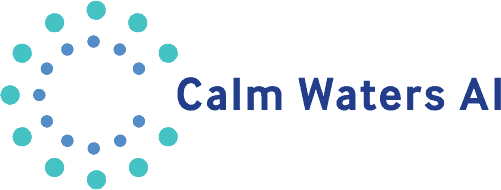by Kevin Lewis, Former CFO, Physician Housecalls
During a recent webinar on clinical documentation, healthcare leaders were polled on problems affecting their revenue cycle. The top answer? Eight in ten identified an increase in payor denials.
That result may be sobering, but it’s hardly surprising. Earlier this year, a formal survey of healthcare CFOs showed that 82% rated increased denials as their top revenue cycle challenge.
Denial rates have been trending upward for the better part of a decade. Between 2016 and 2021, the healthcare industry experienced a 20% increase in denials. A survey in mid-2021 found that one-third of hospital executives reported average claims denial rates higher than 10%—“a figure that indicates hospitals are nearing a denials danger zone.”
Since the COVID-19 pandemic waned, denials have risen to an all-time high—as healthcare providers also face financial pressures from labor shortages, shrinking reimbursement rates, and higher operating costs.
All in all, denials cost health systems up to 3.3 percent of net patient revenue.
And that doesn’t fully measure the impact. While the majority of denials can be recovered on appeal, providers spend almost $120 on average to resubmit each claim. You can do the math for your organization, but here’s an example: If you generate 1,000 claims per month and experience a 10% denial rate, you’ll spend $144,000 annually to receive the reimbursement you had already “earned” for those denied claims. And providers never resubmit many recoverable claims because it costs more in time and money than the amount the payor denied. Nor do denials entirely measure the disruption to your cash flow during the appeal and resubmission process.
Now for the good news: 85% of claim denials can be avoided.
How? The surest way is to take the lead in improving coding and documentation. Burdensome as these processes are for providers, they drive your revenue cycle. If patient encounters are improperly documented and coded, they will be improperly billed. If they are improperly billed, you won’t get paid for all the services you delivered.
Managing these processes is increasingly complex, not least because of ever-changing codes and regulatory requirements and shortages of experienced medical coders. New technologies, including solutions driven by artificial intelligence, can automate specific revenue cycle tasks, improve coding accuracy, and even generate defensible audit documents for each encounter.
Opening more lines of communication between CDI teams and coders can break down silos and drive better performance. Streamlining workflows from the clinical to the financial side of the organization can speed time to cash and reduce frustrations by minimizing the need for additional information from providers after they’ve sent their charts to coding.
Better provider training can pay even bigger dividends. In my experience, providers are reluctant to change long-established ways of documenting patient encounters. And because documentation is already such a burden—providers consistently list it as a leading contributor to burnout—education and training on best documentation practices need to be perceived as a direct benefit to them and not just one more task in clinicians’ already considerable workload.
Nevertheless, the direct benefit is considerable, and the educational effort to improve documentation and coding will pay off in the form of increased compliance, reduced risk of denials, better revenue cycle performance, and even greater provider satisfaction.
Kevin Lewis is Senior Vice President, Finance and Value-Based Care for Calm Waters AI and formerly served as Chief Financial Officer for Physician House Calls, a large specialty provider group headquartered in Oklahoma.
Ready to enhance revenue cycle performance and help ensure that providers’ documentation is complete and “bulletproof” before it leaves their desktops? View a demo of Calm Waters AI and learn more about our documentation improvement services with ChartPal.

